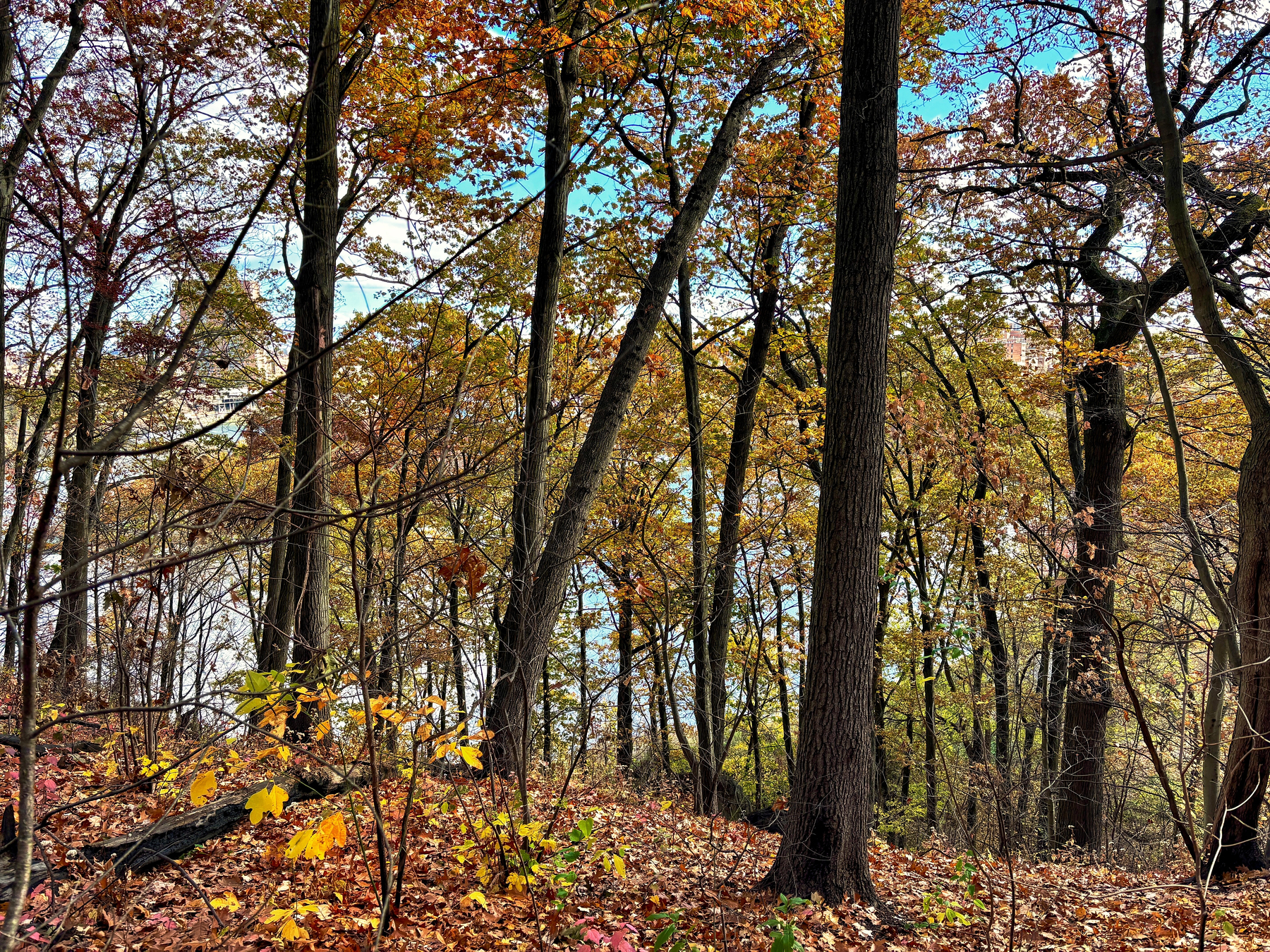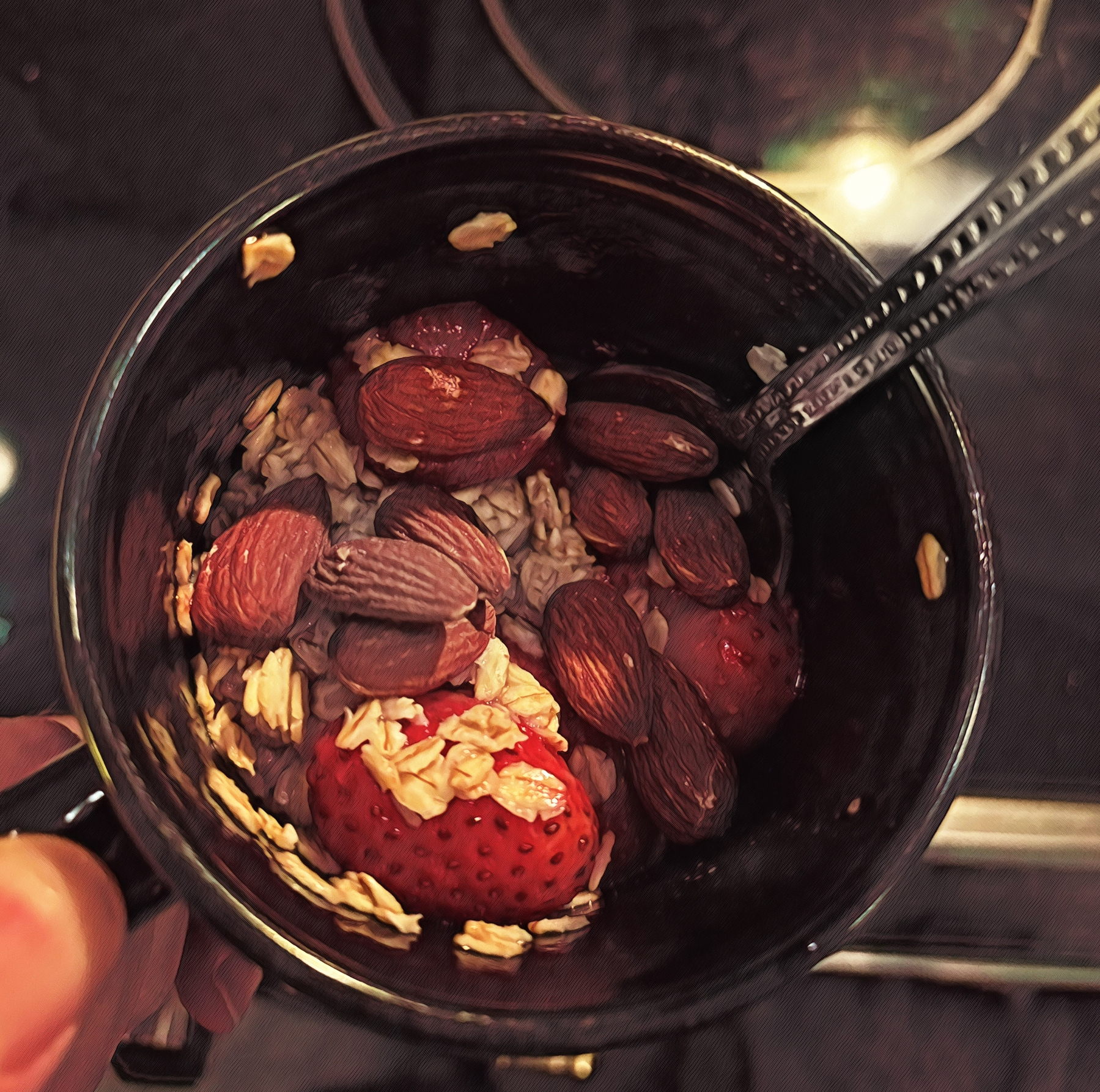I am trying to stay away from things like this usually, but it’s getting weird to use a yellow thumbs up at work.
I’m white, and I’m used to using the yellow ones. More and more folks I chat with at work use different skin tones, usually black or brown. I understand why, and it makes sence. But then, when it comes to me… if I use a yellow one, it might show that I’m just ignorant or don’t care, and I don’t want to offend someone this way… on the other hand, using a white emoji is… not much better, is it.
Kubuntu instead of Pop OS, first impressions
I installed Kubuntu on my Pop OS Desktop after facing some installation challenges. It’s already surpassing what I got from the previous PopOS experience.
I’m backing up saved games before wiping my PopOS desktop and switching to Kubuntu. Forgot the Bottles directory includes symbolic links. Realized my mistake after a 2-minute job took over 20 minutes. In my infinite wisdom, I stopped it DELETED everything. symbolic links included… 🤦♂️
My morning oats recipe and the carrot conspiracy
I’ve been enjoying oats for breakfast, a new-old habit. Here’s my personal recipe and cautionary tale about misleading fruit mixes…
Started (it’s a 2.5 hours long…!) watching: Frankenstein 📺. It’s a Del Toro movie, no mistaking it… the costumes, the buildings, the choice of the story, of course. Still have an hour and change ahead of me.
As a person who has some sort of Imposter Syndrome going on (never checked, good idea?), I constantly doubt myself, especially when asked for advice or guidance.
One of the things I’m learning to internalize: everyone asks questions and searches the internet. Asking “dumb” questions is critical.
Rediscovering org-clone-subtree-with-time-shift: if you have regular meetings, this is the function for you.
Create a Meeting event with everything you need (Zoom links, place for notes, tags, etc) and clone it X number of times. Emacs will ask you for the frequency. You now have X meetings ready.
I was looking up videos of Kubuntu Vs. Linux Mint last night (as one does), and ended up watching Hank Green’s video about Wikipedia.
The guy doesn’t need any introduction to his passionate videos, and neither does Wikipedia. But, he made me rejoin Wikipedia and add my first edit in a long time.
It’s good to remind myself that even though I live in one of the biggest cities in the world, I can still take a walk in the woods.

It is a nice day and I will go on a walk. I will see some trees and get some sun. I will grump about tech later. Day’s short.
I don’t understand what goes in Kim’s head in Better Call Saul S5E6, Wexler v. Goodman 📺 at the end of the episode. I don’t usually care for shows that portray romantic relationships, but the dynamic between Jimmy and Kim has kept me on my toes for a while, it feels way more organic to me.
Breakfast from earlier. Oats, strawberries, almonds, and some golden raisins for sweetnes. Trying out somw new-old photo apps I haven’t used it a while.

Sometimes I power up Hedwig, my Pop OS linux, and I have the itch to wipe it and start fresh with Linux Mint. I always loved Linux Mint. Pop OS is OK, but it’s a bit behind, and I miss the Cinammon desktop - maybe I even want to try Plasma again.
Handling project in Emacs - the 2025 version
After I stopped using iCloud for my org-file, I realized I also need to change my org-mode ways a little. I simplified things and got rid of scheduled tasks completely. Will it hold? We shall see.
I figured out the attachment linking issues in Plain Org - it’s not the path (it was the same) but the way the app renders images inside a logbook in emacs (or I guess maybe a “drawer”) - it just doesn’t. Once the image link is out of the drawer, it works fine.
OK, it’s time to start writing something a bit less cryptic and more detailed about my recent Emacs changes…
Plain Org works well with Synctrain, as does Journelly. Once I figure out the attachment linking issue (probably a path problem) I’ll have something solid - and a post, naturally.
Somehow, Better Call Saul S5E4, Namaste 📺 almost relaxed me. I think it’s more in the sense of “at least I don’t have these problems…
You know what, I like that I’m bald. I can always joke with other folks at work (“Are you sure you want to make this a regular meeting? You’ll end up like me!” - at which point I point my head and get a laugh or two).
If there was any period in my life when someone judged me for being bald (say, a potential date) then screw it, I didn’t need them anyway. It’s a low-level “no shitty people” filter in that regard, kind of like being short (which is another thing).
It’s easy to take care of and it’s cheap. It’s cooler in the summer, but easy enough to warm up in the winter (I love beanies and hoodies). My nieces love petting my head after I shave it, a way of saying hello to Uncle JTR. I think it makes the beard and mustache stand out more, and when I wear my leather jacket, it makes me a bit more of a badass on the outside (on the inside I’m always nice of course)
I think I started balding in my 20s, after the army. My mom was worried and took me to a “hair doctor,” who showed me diagrams of how I would look in a year, 3 years, 5 years… I looked, and I remember I just didn’t care, something I guess he wasn’t really used to. Just a part of me that I always accepted.
Managed to get there in time. It was actually kind of quiet and nice, and the evening walk in itself was worth it.

I enjoyed Amelie Lens and Charlotte de Witte so much yesterday at work, I logged back into my Bandcamp account. It’s been a while, and I forgot what it means to own music.
I have a music folder in my Synology, which mostly contains electronic FLAC files I bought from Bandcamp. Because these are artists who passed the “OK, you’re actually worth my money” threshold, it obviously means I have a good selection there to choose from. In contrast, YouTube Music (yes, it’s my streaming service since I got grandfathered in along with my YouTube account for a cheap price) considers what’s popular, and what’s popular is not always what’s good.
While I did find Lens and de Witte on YouTube Music yesterday in my office, it’s not the best place for discovery, especially when you just go through their mixes and lists trying to find something. Exploring music takes time. It’s something I enjoyed doing with Bandcamp, until they were bought by Epic, anyway. I’m not sure what I’ll do when Bandcamp goes away in its current form—as I always say, it’s not a matter of if, but of when.
There are two kinds of music I usually spend more time, money, and effort on. Classical Music (I took some time to learn about it, it’s best approached as a history class) and Electronic Music. Both genres are too big for their own definitions (Classical music may also be current, so by definition it can’t still be “classic”, Electronic music basically means anything done with a computer, which today means everything…), and I love getting lost and discovering new music. At some point, I even considered getting into Electronic music myself, but the path there is too long and intimidating (and expensive). Still, if there’s one area in my life I feel I’m missing out on right now, it’s this.
